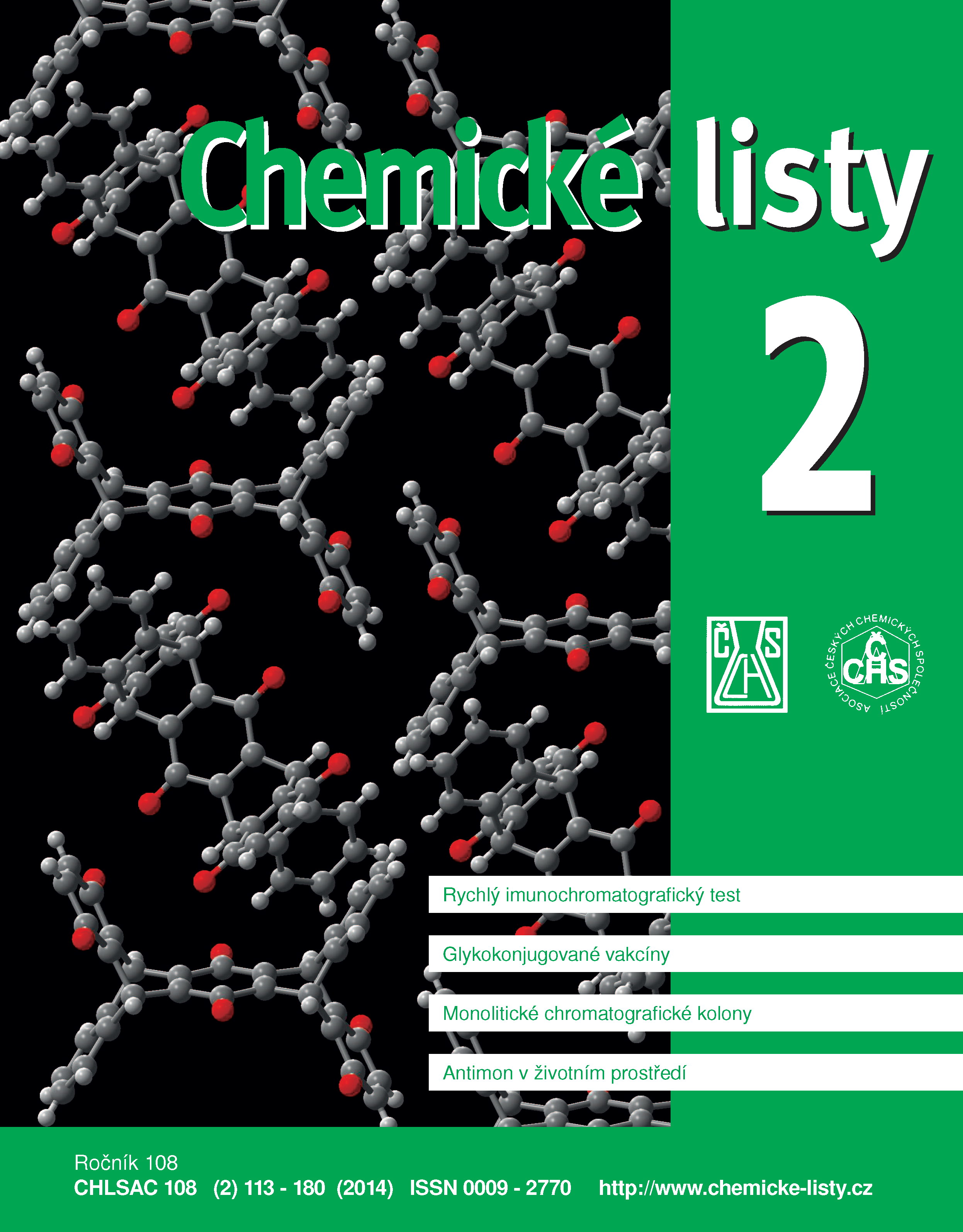Využití Ramanovy spektroskopie pro studium mechanismů mísení práškových směsí
Klíčová slova:
Ramanova spektroskopie, mechanismy mísení, práškové směsi, vícerozměrná analýza dat, procesní analytická technologieAbstrakt
The article describes the development of calibration procedures for quantitative evaluation of powder blends utilizing non-contact probe of Raman spectrometer. Two model blends containing ascorbic acid and lactose were chosen. They differed in the used sieve fractions. A new procedure combining convective-diffusive and shear mixing was used for the development of PLS (partial least squares regression) calibration methods. This procedure significantly improves the homogeneity of the mixtures containing fine particles of the size below 100 µm. The newly developed methods were further utilized to study blending and the impact of vibrations on the powder blend. The results imply that the particles size has a statistically significant impact on the change of homogeneity in the course of vibration action. The results demonstrated the potential of Raman spectroscopy to be used as a PAT (process analytical technology) method in pharmaceutical analysis.





